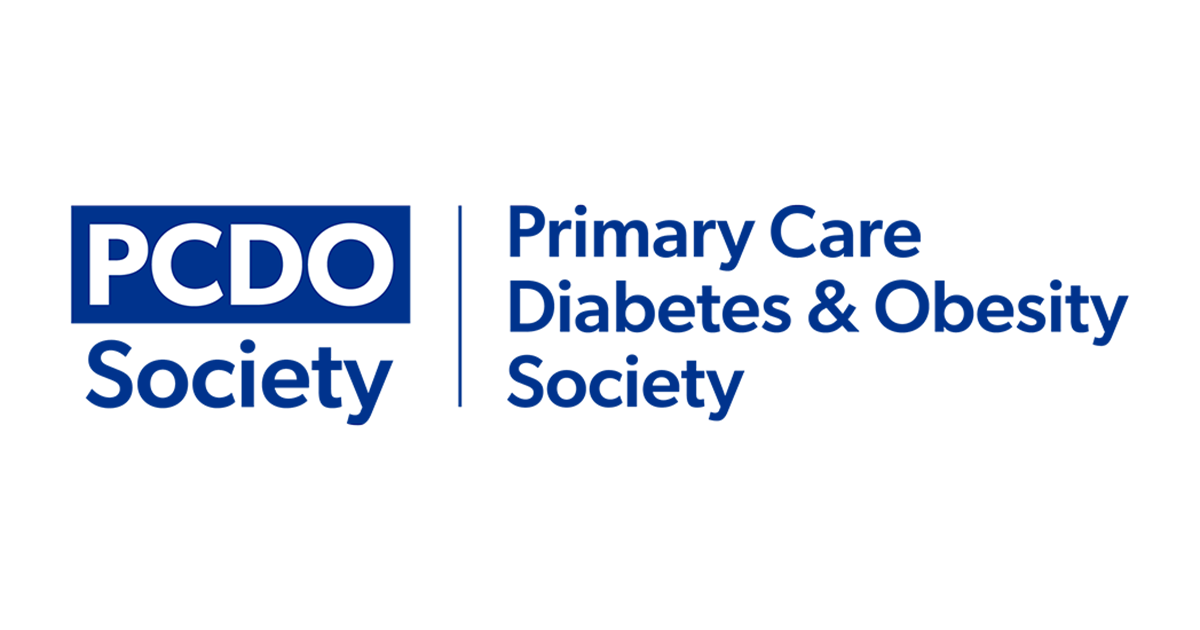Constraints on both time and money go hand in hand with general practice. If they are not addressed, they can cause considerable stress to staff and unsatisfactory care of patients.
Never has there been a time when the future of diabetes care has been so influenced by evidence-based research.
However, implementing these recommendations has enormous implications for resources, particularly in general practice. One potential solution is to approach the local primary care group (PCG) or primary care trust (PCT) and make a case for funds for extra nursing hours to be spent on diabetes care.
Mounting need for diabetes care
In 1994, there were 110 million people with diabetes worldwide; by 2010, this number is expected to double (Orchard, 1998). Currently, 1.4 million people are diagnosed with diabetes in the UK, a prevalence of 3%, but what about the ‘missing million’ currently being sought? (Diabetes UK, 2000).
Diabetes affects 10% of the UK population over 65 years and at diagnosis 50% already have early signs of complications (Sharpe and Atkinson, 1999).
The historical framework
It is important to outline the various trials and findings that are influencing the components of diabetes care we need to provide today.
The St Vincent Declaration
In 1989, in St Vincent, Italy, patients’ organisations from across Europe met diabetes experts and international health agencies to discuss how to improve the health and welfare of people with diabetes. The recommendations of this meeting, setting out the agreed targets for the next 10 years, were named the St Vincent Declaration.
The prevention of complications is perhaps the most practical of the targets for those involved in the primary care of patients with diabetes. This can be achieved through good diabetic control, patient education and monitoring.
DCCT trial results
In 1993, results of one of the most important clinical trials in the management of diabetes, Diabetes Control and Complications Trial, appeared (DCCT, 1993). These showed that close control of blood glucose levels and strong support for people with diabetes significantly reduced the risk of long-term complications such as retinopathy, nephropathy and neuropathy.
UKPDS findings
In September 1998, the results of the United Kingdom Prospective Diabetes Study (UKPDS Group, 1998a,b) demonstrated that good glycaemic control reduces the risk of microvascular complications and that tight blood pressure control, irrespective of glycaemic control, significantly reduces the risk of micro and macrovascular disease. New targets of 140/80mmHg were therefore advised for people with diabetes.
Audit Commission report
The Audit Commission (2000) report Testing Times looked at the provision of diabetes services across acute and community NHS trusts and within primary care, consulting with patients and healthcare professionals.
World Health Organisation
New diagnostic criteria by the World Health Organisation (Table 1) were adopted by Diabetes UK in June 2000.
HOPE study
The Heart Outcomes Prevention Evaluation (HOPE, 2000) study demonstrated a striking reduction in cardiovascular risk with ramipril treatment, particularly for patients with diabetes.
As well as assessing whether ramipril lowered risks in these patients, in the microalbuminuria, cardiovascular and renal outcomes, the effect of ramipril on the risk of development of overt nephropathy was also investigated.
The results of this study may have implications for the choice of first-line agents for the treatment of hypertension in diabetes.
Diabetes UK report
The Missing Million (Diabetes UK, 2000) was a comprehensive report comparing current public awareness of diabetes and its effects with the reality of diabetes care and treatment across the UK. Key findings included:
- Currently there are 1.4 million people in the UK with diagnosed diabetes.
- Up to 1 million people are living with undiagnosed diabetes.
- Diabetes and its complications account for almost one-tenth of all NHS spending, i.e. £4.9 billion.
- If not effectively treated, diabetes can lead to lower limb amputation, blindness and potentially fatal complications such as heart disease, stroke and kidney failure.
- Those most at risk of developing diabetes are people with two or more of the following characteristics: aged over 40, family history of the condition, ethnic minority background, and overweight.
- Around half of the people newly diagnosed with type 2 diabetes already have early signs of complications.
NSF for Diabetes
The National Service Framework (NSF) for Diabetes is imminent. It will ensure consistency of services throughout the country, reducing variations in the standards of care, setting national standards and defining models of diabetes services.
The Expert Reference Group which reports to the Department of Health is now in the process of examining care pathways, to develop standards and service models based on the individual needs of people with diabetes.
Against this backdrop, increasing numbers of patients are being transferred from secondary to primary care.
How does a practice nurse responsible for diabetes care cope with meeting all these criteria and providing this care for patients? The answer is simply: ‘More time equals more money’. But where will this money come from?
The bid for funding
It was rumoured that the local health authority, now the PCG, had extra money available in an innovation fund and was inviting bids for monies needed to provide extra services in primary care.
Our submitted bid for four hours a week nurse time consisted of:
- The historical framework.
- A brief scenario of our particular circumstances.
- A copy of my current job description as a practice nurse, plus the extra tasks needed to provide a diabetes service within the practice (Figure 1).
- Different influencing factors (Figure 2).
In our practice we have a list of 9116 patients, of whom 250 have diabetes. Until recently, 80% of our patients with diabetes were cared for by the hospital diabetes centre and 20% by the practice. This figure is now about 50/50 but new guidelines are leading to a further secondary to primary care shift.
In 1994 we arranged a shared care system with our local diabetes centre. I attended a locally run course for practice nurses and district nurses in diabetes care. It was a good course but unfortunately not accredited. Therefore, in 1999 I completed a distance learning package in diabetes management in primary care with the diabetes training centre accredited by the University of Bradford School for Health Studies.
The increased workload created by trying to meet new demands has been at the expense of other clinical areas and with the impending NSF for Diabetes something had to be done.
A successful outcome
The bid to the PCG took about five months to process, involving discussions with the diabetes working group, and was finalised in October 2000. It was successful subject to the practice:
- Following the new locally produced diabetes guidelines.
- Collecting the required data for the diabetes register.
- Supporting the lead practice diabetes nurse to undergo PCG/PCT recognised training and encouraging the lead GP for diabetes to work towards an appropriate level of training.
The practice will also be monitored to see if any additional support is required as practice-based services, and possibly locality clinics, develop.
In summary
The extra hours have made a considerable difference to my role in providing diabetes care within the practice.
I feel less stressed and more able to offer a better service to my patients with diabetes, resulting in more quality time and, I hope, patient satisfaction.
I am able to offer a better organised service rather than a piecemeal one, aspects of which I previously conducted from home (mainly telephone advice). I now hold regular designated clinics, some with the GP and some on my own. I even have time to visit the ‘forgotten’ housebound. And last but not least I have time for audit!
However, the knock-on effect that the amount of time I now spend on diabetes has on my colleagues is apparent and has not as yet been addressed.
In particular, the look-after-your-heart clinic has been affected, and the nurse responsible for this needs more designated time, especially in the light of the NSF for Coronary Heart Disease.
Perhaps we should make a further bid to the PCG/PCT for more nurse hours to enable us to implement the recommendations of the NSF for CHD!





Seeing rising numbers of people with private prescriptions for injectable weight loss drugs, Jane Diggle discusses how to maximise their benefits.
3 Mar 2025